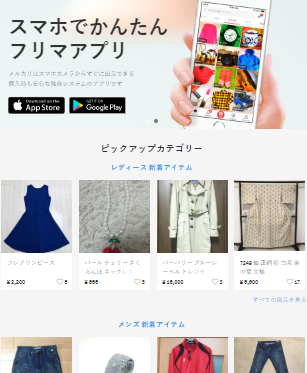 Japan boasts the third-largest economy in the world and the second-largest retail market, valued at around USD 1.3 trillion. And with the local populace crazy over consumer culture, Japan has long been a go-to market for global brands who wish to establish their presence in Asia.
Japan boasts the third-largest economy in the world and the second-largest retail market, valued at around USD 1.3 trillion. And with the local populace crazy over consumer culture, Japan has long been a go-to market for global brands who wish to establish their presence in Asia.
If done right, Japan offers foreign brands an ideal market – a more open-minded youth culture curious of the West. Now, as the desire to start a family takes a backseat among their workforce and with careers taking center stage, the modern Japanese consumer has greater disposable income than their counterparts in other parts of the world, with GDP per capita reaching USD 39,286.74 as of 2018.
In this article, we take a glimpse at the spending habits of the modern Japanese consumer and a few success stories along the way.
Changing Spending Habits
The contents of the modern Japanese shopper’s shopping basket have seen some changes over the years. Japanese millennials are displaying more conservative spending patterns. Having come of age during turbulent times - global financial crisis and tsunami and nuclear disasters of 2011 - these shoppers exercise greater frugality in their purchasing decisions compared to the generations that came before them.
This emphasis on value for their money is taken even further with shoppers even buying used cosmetics from luxury brands on Mercari (Japan's equivalent of Etsy). Even Mercari itself, a virtual flea market which connects consumers to sellers of used items, owes its success largely to the more frugal and sustainable approach of the younger generation when it comes to shopping as about half of its 11 million monthly users are in their teens or 20s.
 Mercari website
Mercari website
The New Cool
In a survey by Dentsu Innovation Institute, a marketing and consumer research company, over 60% of high school students, university students and 20-somethings interviewed said they want to be viewed as being frugal rather than generous with money.
When thrift has become the new virtue of the youth, decking yourself out head-to-toe in brand-name clothes is no longer viewed as cool. And so terms like コスパ (cospa), which translates to 'cost performance' and is used to describe the value for money, began making its rounds.
That's not to say that spending has stopped altogether. Rather, this emphasis on cospa has shifted focus towards the durability and price of items rather than just aesthetic value. And so, this new mindset has led to an environment where mass-market brands like Uniqlo flourished.
Back in times of falling wages, clothing and apparel brand, Uniqlo came in and offered nice and durable clothing at reasonable prices to the masses. Their approach in business wasn't about style, but rather they specialized in the basics. They did not pay attention to trends, but instead sold clothing that would fit perfectly in anyone's wardrobe - true to their slogan "Made for all". This practicality, of course, resonated well with cash-conscious shoppers of today despite the rosier economy.
A Land in Contrast
Interestingly enough, this frugality when it comes to spending is juxtaposed by two realities in great contrast with it: (1) Japan is the world's second biggest luxury market and (2) Japan is home to the second most number of millionaires across the globe.
In recent years Japan has seen a luxury rebound and by 2017, it was the second biggest luxury market in the world with 3.6 trillion yen (around USD 31.9 billion) spent a year on luxury goods. Cospa still plays a role in luxury purchases with Japanese consumers associating luxury with quality and durability rather than mere social status.
The emergence of a different kind of rich may help bridge the gap between statistics and the national mood. These Ikina-Rich, as coined by Japan’s Nikkei newspaper, are far less interested in ostentatious purchases than their older counterparts and instead choose to spend their money more inconspicuously. It is even joked that you could be living next to a millionaire and not know it because of how their house and overall appearance looks just like yours.

Want to reach out to the Japanese consumer? Then online research panels just might be the answer to your market research needs. Click here to learn more about how the use of online research panels can open up a world of ease for researchers.
Or if you're interested in all things Japan, then check out other interesting reads from the impact of cherry blossoms to how chicken took over Christmas. See you in the next installment!


 Download Panel Book
Download Panel Book


